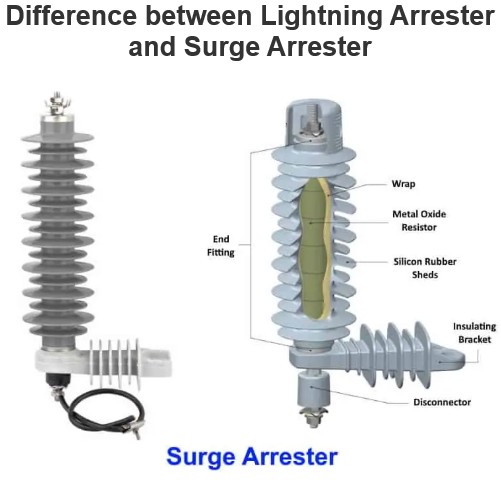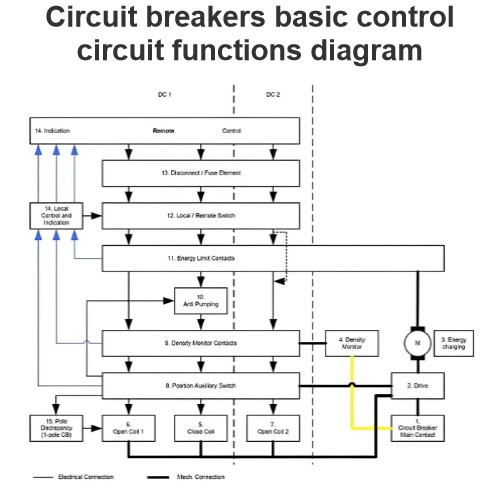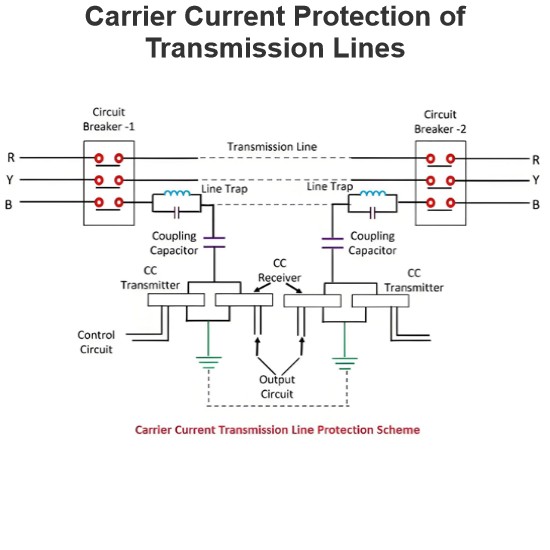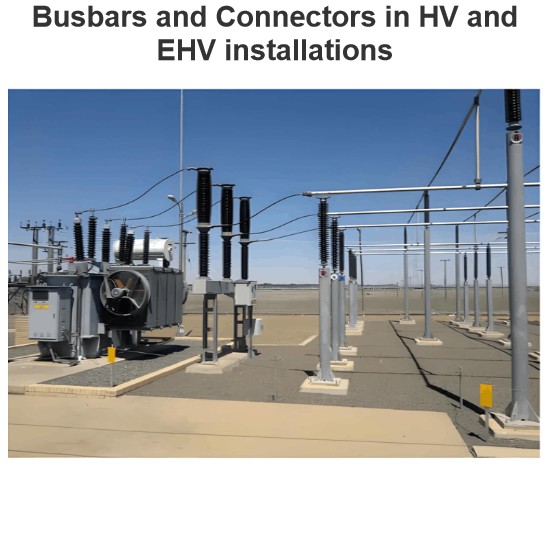Fault Current Limiter and Their Types
Introduction to Fault Current Limiter
In recent times, with the surging demand for energy, robust development in power generation and transmission has gained significant importance and has become a fundamental necessity. However, in any power generation system, short circuits pose one of the most persistent and challenging problems, and their impact is intensifying as the scale of generation expands. The issues caused by short or fault currents are multifaceted:
Thermal Stress on Equipment: Unbearable thermal stresses are exerted on electrical equipment, which can lead to premature wear, damage, and even failure of components.
Electro - dynamic Interference: A multitude of electro - dynamic forces within the circuit disrupt the normal operation of instruments, affecting their accuracy and reliability.
Technological and Economic Constraints: To safeguard the circuit from damage, more efficient circuit breakers are required. This demand not only presents technological hurdles but also imposes significant economic limitations.
Safety Hazards: Safety concerns are among the most pressing issues, as short circuits pose a direct threat to the lives of personnel and the integrity of the electrical infrastructure.
Voltage Transient Complications: Short circuits exacerbate the problem of voltage transients during switching operations, making them more critical and difficult to manage.
Given these challenges, the development of more advanced and precise systems to address short circuits has become imperative. This article will explore several approaches that have been proposed and implemented to mitigate the impact of fault currents.
Approaches
The following are some of the methods that are either being actively researched or are already in practical use, depending on their specific characteristics and applications:
Current Limiting Reactor (CLR): Widely recognized for its effectiveness in limiting fault currents.
Solid State Current Limiter: An emerging technology that shows great promise but is still in the early stages of research and development.
Superconducting Current Limiters: These devices leverage the unique properties of superconductors to limit current, and like solid - state limiters, are in the initial phases of development.
Fuses: A traditional yet reliable method for protecting circuits by interrupting the current when it exceeds a certain threshold.
Busbar Splitting in Substations: A practical approach that helps to reduce fault currents by altering the electrical configuration of the substation.
Implementation of High Impedance Transformers: These transformers can be used to increase the impedance in the circuit, thereby limiting the magnitude of fault currents.
Using Nuclear Reactors for Current Limiting: Although an unconventional approach, research has explored the potential of nuclear reactors to contribute to current - limiting mechanisms.
Among these techniques, the use of solid - state and superconducting devices is still in the developmental phase. When implementing any system to address short - circuit issues, two key considerations must be taken into account:
Strategies for Fault Current Mitigation in Substations and Distribution Networks
Placement and Quantity of Limiting Reactors
Two crucial questions in the realm of electrical engineering pertain to the optimal placement of limiting reactors within substations and the distribution network, as well as determining the ideal number of these reactors required to effectively manage fault currents. These decisions demand a comprehensive understanding of the electrical system's characteristics, load requirements, and potential fault scenarios.
Current Limiting Reactor (CLR)
The Current Limiting Reactor stands out as one of the most cost - effective and practical solutions for fault current management. Its impact on substation reliability is minimal, making it a favorable option for many electrical systems. However, it has certain drawbacks. The physical hardware of CLRs is typically large, occupying significant space within the substation. Additionally, the presence of CLRs can lead to a degradation in voltage stability, which must be carefully monitored and managed.
Solid State Fault Current Limiter
Solid State Fault Current Limiters are currently in the research and development phase. They offer the advantage of being relatively easy to integrate into distribution systems. However, their high cost acts as a major deterrent, preventing widespread implementation on a large scale. Researchers are actively working to reduce costs and improve their performance to make them more viable for commercial use.
Fuse
Fuses serve as highly effective and efficient current - interrupting devices, making them suitable for use as current limiters. They are inexpensive and straightforward to install. However, their effectiveness is limited by their rated capacity. For instance, typical fuses may be designed to handle a maximum of 40 kV and 200 A of current, restricting their application in high - voltage and high - current scenarios. High - Rupturing Capacity (HRC) fuses offer improved performance but still have their own limitations.
Busbar Fault Current Limiter
Bus Coupler circuit breakers can be employed as busbar fault current limiters, but they are generally considered a temporary or emergency - response solution. They are not designed to be a permanent fixture within the substation due to their operational characteristics and limitations.
Application of Neutral Reactor
Neutral reactors present another viable option for fault current mitigation, especially when dealing with earth or ground currents. Their design and operation make them particularly effective in specific fault scenarios related to ground - related electrical issues.
Types and Characteristics of Current Limiting Reactors
The Current Limiting Reactor is a widely implemented solution and can be categorized into two main types:
Dry - type CLR
Dry - type CLRs are air - core reactors featuring copper windings. The use of an iron core is avoided because of the risk of saturation, which can compromise the reactor's performance. These reactors are suitable for a variety of applications where environmental conditions are relatively clean and dry.
Oil - type CLR
Oil - type CLRs share many similarities with their dry - type counterparts in terms of basic functionality. However, their key differentiator lies in their application scope. Oil - type CLRs are specifically engineered for use in highly polluted environments. The oil used in these reactors has a higher dielectric constant compared to the air in dry - type reactors, providing enhanced insulation and protection in harsh conditions.
General Specifications of Fault Current Limiting Reactors
Frequency and Voltage: These reactors are designed to operate within a relatively narrow range of frequencies and voltages. Their performance characteristics are optimized for specific electrical system parameters.
Installation Flexibility: Depending on the application requirements, they can be installed either indoors or outdoors. This flexibility allows for greater adaptability in different substation and distribution network setups.
Short - Circuit Capacity: They are engineered to handle the short - circuit currents of the electrical systems they are integrated into, providing effective current - limiting capabilities during fault conditions.
Transient Stability and Current Limit Reactors
Transient stability plays a pivotal role in electrical alternating current (AC) power systems. It refers to the ability of multiple synchronous machines within a power system to remain in synchronism following the occurrence of a fault. For example, in a power grid with numerous synchronous motors interconnected, transient stability determines whether these motors can continue to operate in harmony after a sudden electrical disturbance, such as a short circuit. Current limiting reactors can significantly influence transient stability by reducing the magnitude of fault currents, thereby minimizing the mechanical and electrical stresses on the synchronous machines and increasing the likelihood of the system maintaining stability during and after a fault event.
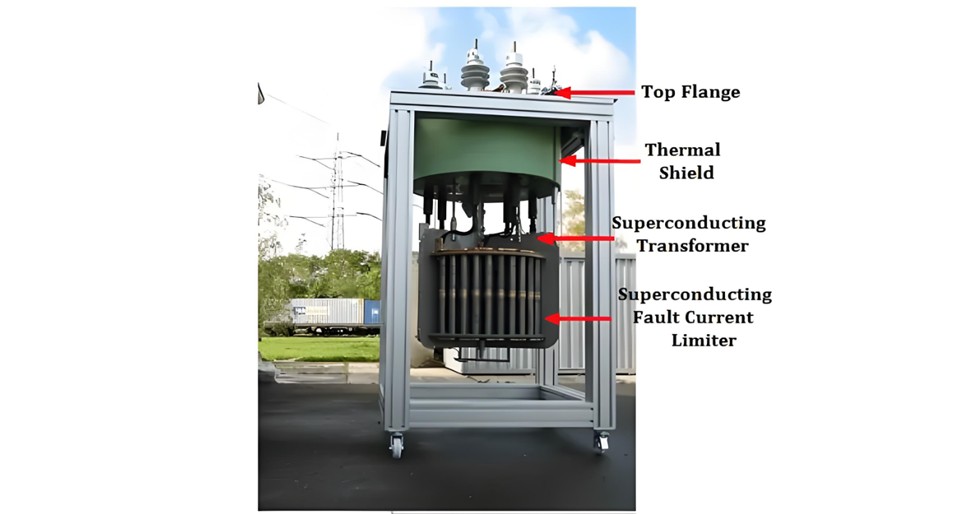
Superconductor - Based Current Limiting Reactors
Superconducting Fault Current Limiters (SFCLs) offer a highly practical solution for enhancing the transient stability of power systems, effectively balancing both technical and economic considerations. The unique property of superconductors, which exhibit extremely high non - linear resistance, renders them ideal candidates for use as Fault Current Limiters (FCLs).
One of the key advantages of SFCLs lies in the ability of superconductors to rapidly increase their resistance and seamlessly transition from a superconducting state, where electrical resistance is essentially zero, to a normal conducting state. This rapid change in resistance allows the SFCL to quickly respond to fault currents, limiting their magnitude and thereby safeguarding the integrity of the power system.
To better understand the functionality of SFCLs, consider the following example of a motor connected within an electrical system and the strategic placement of a fault current limiter.

Particle Swarm Optimization
Particle Swarm Optimization (PSO) exhibits notable parallels with evolutionary computation methods like Genetic Algorithms (GA). At the outset, PSO initializes a population of random candidate solutions within a search space. These solutions, often conceptualized as "particles," then navigate through the search space, iteratively updating their positions and velocities. Through this dynamic process of self - adjustment and interaction with neighboring particles, the system systematically explores the solution space, gradually converging towards optimal or near - optimal solutions.
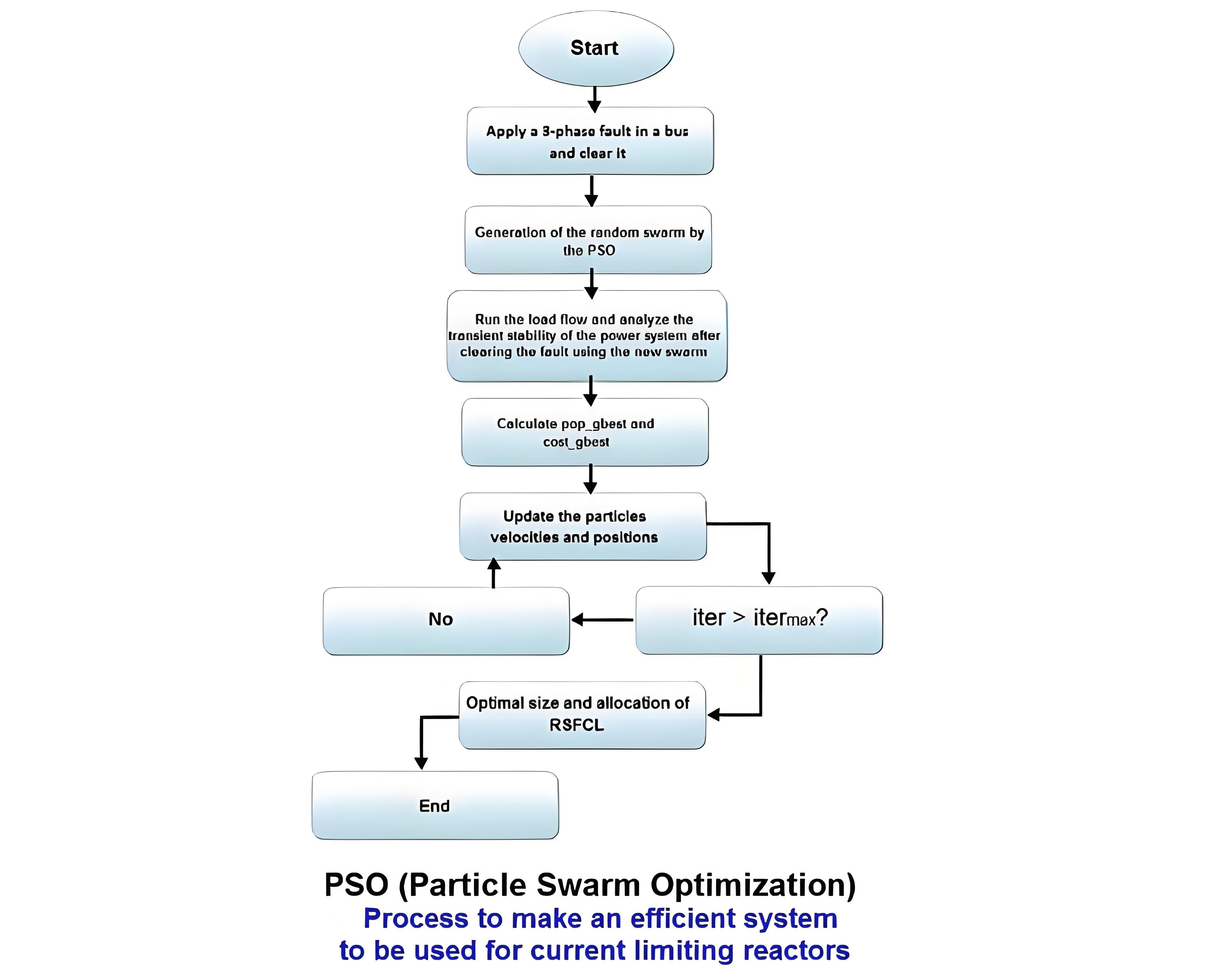
The Electricity Encyclopedia is dedicated to accelerating the dissemination and application of electricity knowledge and adding impetus to the development and innovation of the electricity industry.

